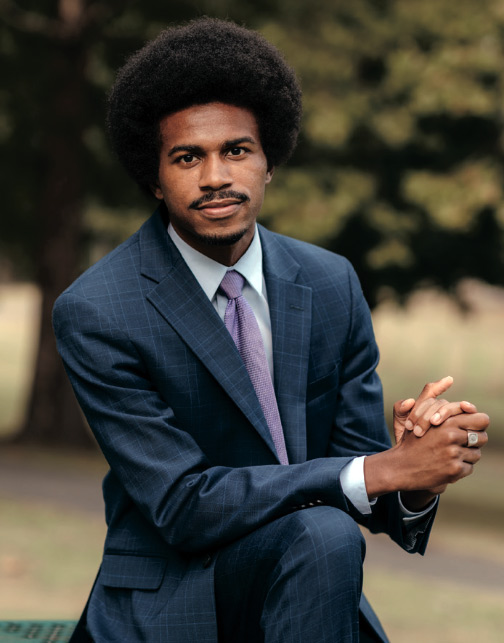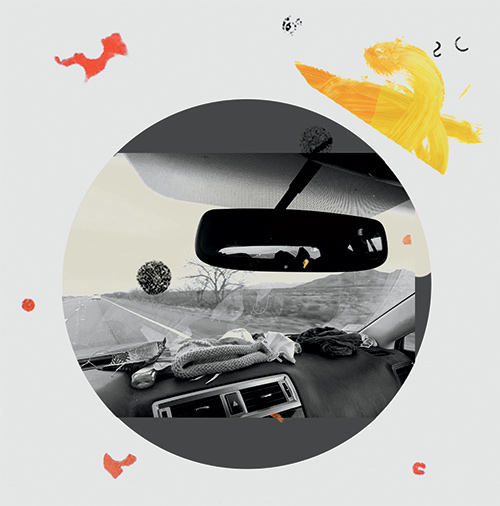Valuing the Arts
By James Gadon ’07 for Bowdoin MagazineI remember the moment I wanted to pursue music more seriously. I was standing in Joshua’s Tavern in Brunswick, Maine, watching a blue-grass trio perform a song I recognized.
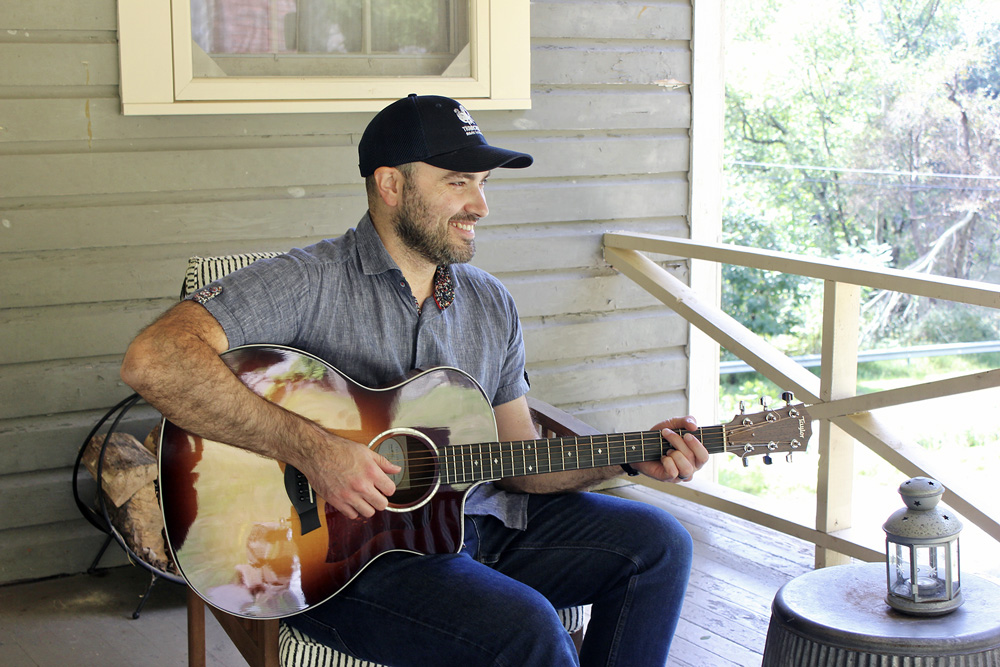
The song spoke to me as I sang along to the familiar tune and its infectious chorus. I couldn’t quite place whose song it was, though. If that were today, I would simply pull out my phone, and Google would instantly provide an answer, but at the time, the smartphone was still about a year away from being everywhere.
On my walk home, I kept hearing the hook in my head: “Love the One You’re With, Love the One You’re With….do, do, do, do, do, do, do, do, do do do, do do do.” When I made it back to my apartment, I immediately searched the lyrics online and was pleasantly surprised to discover the songwriter was none other than Stephen Stills. The next day, I walked down the street to Bull Moose Music and purchased Stephen’s self-titled debut album, and it instantly became the soundtrack to my senior year. An odd choice, since it was 2006 and the album had dropped thirty-six years earlier, but it spoke to my old soul. It was one of those defining moments that you never forget, and it wasn’t long before I was on a deep dive into the Stills catalog, including his work with Buffalo Springfield and Crosby, Stills, Nash, and Young.
My experience at Joshua’s Tavern on that crisp October night was the first memory that came to mind when I read an article in The Bowdoin Orient discussing the college’s need to put the “arts” back in the “liberal arts.” Perhaps the piece struck a chord since I was both a student-athlete and a songwriter/musician. Despite playing varsity hockey and being welcomed into a privileged community on campus, I struggled to fit in at Bowdoin. I felt isolated and as if I had made a terrible mistake accepting admission. I was in a different world, one where I felt I didn’t belong. I thought about transferring, and perhaps returning home to Toronto, where I could reconsider my future. But, working through those uncomfortable feelings of loneliness and isolation, I turned to music and felt really inspired artistically. I had previously dabbled in writing songs on the guitar, but it wasn’t until I was at Bowdoin that the music really started pouring out of me. I even formed a little acoustic writing/performing duo with a classmate of mine. Perhaps it was the feeling of being an outsider in a different culture, or the familiar faces I saw in a small town, or the unique environment I had never experienced before. Maybe there was just something in the air.
At the time, Jessica Gorton opened a café called the Sweet Leaves Teahouse on Pleasant Street. She created a warm environment and offered an encouraging space for artists to perform. On one occasion, I was gearing up to play an open mic night at Sweet Leaves on my own but was insecure about the thought of a solo performance. I told my hockey teammates about the show about a week before the date. On the night of the performance, I bought a six-pack of Rolling Rock at 7-Eleven and started downing the beers in an attempt to relieve some of the anxiety, but at one point I just decided to throw in the towel and not play—my insecurities were getting the better of me. None of my teammates had spoken about the gig in the past couple of days, so I assumed they had forgotten and probably wouldn’t show. I remember feeling so down on myself, wallowing in self-pity while I sat alone in the living room of my apartment, watching sports highlights on NESN.
That’s when my phone rang. “Jimmy, where the hell are you?” It was one of my teammates. I said, “I’m at home, why?” He said, “All the boys are down here at Sweet Leaves ready to watch your set! Get your ass down here!” With that, I had no choice. I had to perform! So, I slung my guitar case over my shoulder and headed to the teahouse. Sure enough, there were all my teammates, and even Pat Pye, who worked in the dining hall of Moulton Union, all there to cheer me on.
To this day, I still get emotional thinking about that call. I may just have given up my artistic pursuits altogether if it hadn’t been for my friends and the welcoming environment at Sweet Leaves Teahouse.
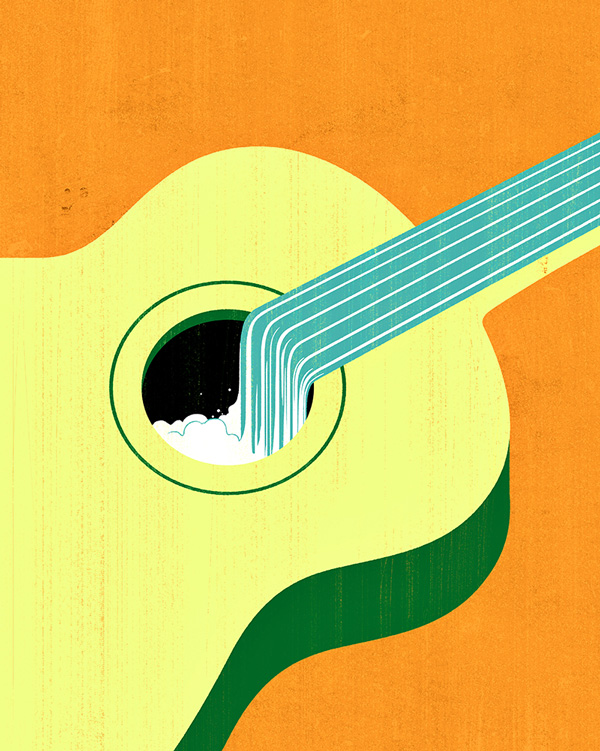
During those years, I experimented with recording and mixing songs in the rooms I lived in, on and off campus. I also played house parties and jammed with teammates on the hockey team who were ironically into ’70s folk rock as well. It wasn’t uncommon to have Saturday night singalongs, fielding requests for songs by The Band and Neil Young. I even brought my guitar to the Bowdoin College Children’s Center, where I was fulfilling a placement for an infant and child development psychology course. The sing-along was joyously received, and it was one of my favorite Bowdoin memories. But after running out of songs and even recycling renditions of “Old MacDonald” and “The Wheels on the Bus,” I ended up playing Bob Dylan and Creedence Clearwater Revival hits to the teacher and a confused bunch of four- and five-year-olds. I also spent a lot of time on the road, both for hockey and personal exploration, staying in hotels, traveling on buses, trains, and planes in and out of Logan Airport and South Station, and weaving my way through the many small New England towns where the sights and sounds were all so new to me. It provided an inspirational fabric for crafting the stories and songs I would go on to write.
It’s been a long time since I graduated, and the College has made incredible strides in fostering creativity on campus. But I think there’s a real opportunity for Bowdoin to embrace the arts even more. Empowering students with additional resources and choices can help lift the creative energy and pursuits of the student-artist and make them feel as valued as the student-athlete. Students need it. Bowdoin needs it. And the world needs it.
Valuing the arts just as much as any other field or discipline is needed, because art saves. It helps people and communities feel seen; it’s healing and even rehabilitative. TV shows, films, and music helped us get through the pandemic. Actors, singers, musicians, painters, poets, and dancers make us feel human and trigger emotions that can be hard to reach. Yet why does society still look down on the artistic path, and why do so many still feel that art should be consumed for free or well below a minimum standard of living? I know it can be difficult to encourage artistic pursuits when creative industries face some of the greatest threats: low wages, lack of residuals, the rise of AI, and the difficulties of securing health insurance, to name a few. Just ask the WGA and SAG-AFTRA members who fought for the possibility of simply making a livable wage while media conglomerates and streamers chose to devalue the artists who make their platforms even possible. What artists are looking for is a concept so basic to survival it’s absurd there ever had to be a conversation to begin with.
However, artists are scrappy, and despite the difficult times, I’m optimistic about a future where we can start shifting the narrative on how to properly value the arts. And what better place to start than on the next generation’s campuses?
The arts helped me get through a difficult time in my life, and I know they have been a source of inspiration for others too. With the challenges of mental health, the pressure to succeed in the classroom, and the rising cost of living, we’re at a juncture in time where we need to support students with more artistic resources and outlets.
This applies to those pursuing the arts for pleasure, as a potential career, or both, because how we earn money doesn’t have to dictate what we call ourselves or what creative pursuits we should or shouldn’t be working toward. Academics are important, but when I think back on my time at Bowdoin, some of the best memories I have are creative ones, ones with friends and ones that involve the arts. Those priceless moments shouldn’t be considered any less valuable than achieving an A on an exam or scoring a big goal against Colby.
Bowdoin and the town of Brunswick are creatively inspiring places. One might think that cities such as New York or Los Angeles are more suitable for artistic inspiration, but there’s something about the relationship between creativity and a quiet, isolated environment. Stephen King certainly felt it when he was writing those bone-chilling stories. There’s a uniqueness to Bowdoin and Maine, and I think the College has a special opportunity to continue encouraging more creativity on campus.
Artistic storytelling is such an important way of inspiring others and creating change in an unstable world, but not everyone has a teammate calling them to tell them to get their ass down to the show. We can be that call for each other by putting the arts squarely in the liberal arts.
James Gadon ’07 is a freelance writer, producer, and musician based in Toronto. He is the founder of Route 84 Music, an independent music publishing business, and Six Miles Productions Inc., where he writes and produces for film and television. He played ice hockey and majored in psychology at Bowdoin.
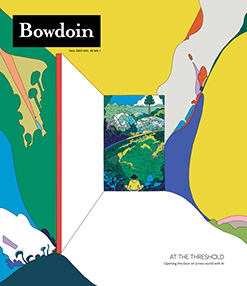
This story first appeared in the Fall 2023 issue of Bowdoin Magazine. Manage your subscription and see other stories from the magazine on the Bowdoin Magazine website.


